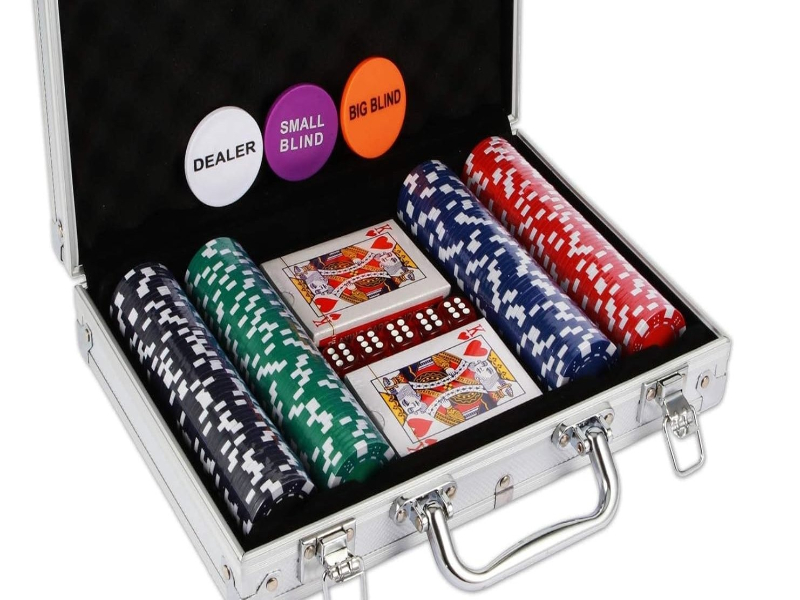It’s the aspiration of many who want to push themselves, and it can be a fun challenge for children. Hiking to Everest base camp is a dream for many nowadays the family Families are also looking the nature to get experience to their child. The hike is physically and emotionally demanding with children, but not for the same motives and not within the same methods as it is with adults. This is an existence-changing experience for the entire circle of relatives, and by getting to know how to tread carefully and patiently and observe the lead-in-the-sand schedule, you’ll expand a relationship that would continue to be unbroken, turn youngsters into enthusiasts of the trail, and, most significantly, keep them safe. Here is our complete guide to hiking to the Everest Base Camp with the kids.
Is your child mature and physically ready?
There is no real age limit for doing the Everest Base Camp Hike, but the trekking companies generally recommend the age of 10 to 12-plus. That’s just a suggestion; it’s not the law of nature because children vary greatly in credit length in terms of physical shape or mental age, respectively. It will involve long days on foot, often walking on difficult trails, and a level of fitness will be expected. You need to have a straightforward conversation with your child about what they’re getting themselves into, so that you can make sure that they’re going into this with eyes wide open and a real spirit of adventure. Check with your pediatrician before booking so you can have your kid get a follow-up to ensure that, on a physical level, he or she is also up to high-altitude trekking.
Photo Acclimatization:
The Golden Rule for Kids: “Take kids on trips that are easy and multisensory”.
The biggest risk on the trek is altitude sickness, which children are much more sensitive to than adults. They’re smaller to start and are more limited in how they can express what they are feeling. The only cure is to acclimatise properly. For a family hiking holiday, at least one schedule of travel would of course be longer, for example, and on some days, sojourns must be provided for. What could be a regular 12-day trek for an adult should be extended to at least a 14 to 16-day trek for a family in a way that allows for a slower walk and extra days for acclimatizing by spending more days in places like Namche Bazaar and Dingboche. This laidback rhythm is the secret to traveling safely & happily.
How to Choose the Right Itinerary and the Tour Operator In Nepal
I’d steer clear of opting instead for an intentionally family-friendly package or a well-known agent that might assist you to bespoke one. One designed specifically for children will have shorter trekking days, more frequent stops, and will be more purposefully oriented to getting out and doing things. A guide with experience in family treks is equally critical. You also want an experienced guide who doesn’t just know the trail, but who also knows your children, how to work with them, and how to direct them, who can keep an eye on their health and remind you to bend with their routines. … Their job is to keep your children safe and healthy always.
Packing for Kids: The Right Gear is Not Optional
For kids, as for adults, excellent equipment is important to maintaining heat and comfort. Make certain that your infant’s hiking boots are relaxed and well-damaged before the trek’s beginning date. Different should-haves: A heat hat, gloves, wool socks, and a relaxed daypack with a view to carrying some of their personal equipment (and, er, a water bottle and snacks).
Trail Hydration and Nutrition
Staats also recommends drinking a ton of fluids at high altitude: Hydration can assist thrust back altitude sickness. Why? Because kids would possibly forget to drink sufficient water throughout the day, particularly if they don’t feel thirsty. Keep having them drink sips frequently. The former is a neat and functional way to get them to drink more water; they may enjoy the latter even more. You also should bring some of your high-energy treats from home, packaged in small portions. Food on the trail is nutritious, but it is not always going to please every young traveler’s tastes. Bring protein bars, nuts, or, yes, even some candy to immediately hit the sensual gas.
Entertainment and Motivation: Raising Morale
Basic games or songs, or a story told along the trail, can make the hours pass more quickly. Recommend that your child write in a journal or take pictures of where they travel. Give them a compass or a map. The spirit of ‘adventure’ and ‘wow’ sensation of the views will keep you psyched, but stock your bag of tricks ahead of time for an enjoyable and memorable experience.
Preparation: Preparing for a charged wipe Productivity Pro: Always have a plan B
You never know what to expect when you have kids. The GUI, however, should have a satellite phone for communication with our head office in case of an emergency. Your child’s blood oxygen saturation can also be measured by a pulse oximeter. Other than that, you must hold comprehensive travel insurance with emergency helicopter evacuation. And that is why there is a rule of safety: a child with such a symptom must reach a hospital as quickly as possible under life-threatening circumstances. Ensure the policy covers the highest altitude during the trek.
The Porter’s Job: When You Want a Hand With the Heavy Lifting
Even though the porter-manual will probably be capable of taking care of the number one circle of relatives bag, you may consider hiring a 2nd porter (or sharing a porter with another party) to hold your child’s daypack or to help while despair sets in and they’re starting to lag on a tough trail segment. Some corporations also appoint porters who’re educated and kitted out to hold a toddler in a unique %, but that is a measure you have to consider carefully, with each of your babies and the porters’ safety at the leading edge of your thoughts. This greater support can help alleviate pressure and allow the family to trek on a less forced schedule, so it’s more enjoyable for all.
The Experience: Beyond the Trekking
In fact, the Everest Base Camp Trek is so, so much more than just a walk. It is a cultural immersion. Explore beautiful monasteries, meet with Sherpa, and learn about their unique lifestyle. And what kid isn’t impressed by yaks, swinging bridges, and the heart of the Himalayas? Take the time to school them on the environment and why sustainability is important. Because this is the time to let them see the world in a way that goes beyond anything a classroom can do.
Final Thoughts
Trekking to Everest Base Camp with kids is no small feat, but with a little preparation and not too much leeee-way, it’s something that’s not only possible but absolutely fantastic. The going is slow and the acclimatization total, and there’s plenty of support with sturdy guides and porters. This will need endurance, strength of purpose, and sheer physical and mental strength, but the triumphant feeling of all of you at the base of the world’s highest mountain is something you will all share and talk about for the rest of your lives.




